Klaara, her younger brother Pekka and her older sister Liisa are getting ready for the Christmas feast. Families with their children arrive at the house where they live. The last people to arrive are old Mr Drosselmeier and his young nephew, a naval cadet. Drosselmeier, an eccentric and rather mysterious old man with a passion for clocks and all kinds of mechanical objects, holds the children in thrall with his conjuring tricks.
The room is full of friends and cousins of Klaara. Father Christmas comes in with the Christmas goat. At first the children are frightened but are delighted when they are given all kinds of presents. Drosselmeier and his nephew bring in a magic lantern. Using lantern sides Drosselmeier tells the story of the young Princess who rejects the Mouse King’s offer of a marriage because she has promised her heart to a handsome Prince. The Mouse King fights a duel with the Prince and the Prince is transformed into a wooden doll, a Nutcracker.
The story makes a deep impression on Klaara. She feels sorry for the Nutcracker doll and is immediately enchanted by him, but her heart is also won over by Drosselmeier’s nephew and, in her imagination, she identifies him with the bewitched Prince.
It is time for the children to go to bed. Klaara returns to the drawing room where she encounters the nephew who has forgotten his hat. In a romantic gesture she gives him her hair-ribbon as a keepsake. He is surprised, quite unaware that he had captured the young girl’s heart.
Klaara is put to bed and she dreams that the Mouse King appears in her room. Klaara jumps out of her bed and runs through the dark house in the drawing room to save the Nutcracker.
The room fills up with gruesome mice who chase after her. From the cupboard, which is gradually changing into a fort, the Nutcracker emerges. He, too, has grown much bigger and at first strikes fear into the mice.
There ensues a duel between the Nutcracker and the Mouse King. The Nutcracker falls wounded. Pekka returns accompanied by mounted hussars, but to no avail: the Mouse King is too strong, the hussars cannot lift their heavy sabres and the mice and rats chase everyone away. Pekka and his soldiers are taken prisoners, leaving Klaara and the Nutcracker behind in despair.
Klaara dreams that the chains fall away and that a great love springs up between her and the Nutcracker. Once again she binds him up with a ribbon and puts him to bed. He then rises up and changes into a Prince with the same features as Drosselmeier’s nephew.
The Snow temporarily pushes the mice to the background. Drosselmeier appears with his magic lantern. Drosselmeier leads Klaara and the Nutcracker into the magic lantern.
Drosselmeier, Klaara and the Nutcracker arrive deep inside the magic lantern – this is Drosselmeier’s kingdom. Suddenly, however, the Mouse King and his rats fight their way into the magic lantern. Drosselmeier frightens them. Another duel takes place and the Nutcracker succeeds at last in killing the Mouse King. The mice all disappear and the spell is broken: the Nutcracker finally turns into the Prince for good.
The magic lantern brings Klaara and the Prince into strange countries. Klaara wakes up and Pekka comes in. Miraculously, they have had the same dream. They realize for the first time how much they care for each other.
Plot
Below is a synopsis based on the original 1892 libretto by Marius Petipa. The story varies from production to production, though most follow the basic outline. The names of the characters also vary. In the original E. T. A. Hoffmann story, the young heroine is called Marie Stahlbaum and Clara (Klärchen) is her doll's name. In the adaptation by Dumas on which Petipa based his libretto, her name is Marie Silberhaus. In still other productions, such as Baryshnikov's, Clara is Clara Stahlbaum rather than Clara Silberhaus.
Act I
Scene 1: The Stahlbaum Home
It is Christmas Eve. Family and friends have gathered in the parlor to decorate the beautiful Christmas tree in preparation for the party. Once the tree is finished, the children are sent for. They stand in awe of the tree sparkling with candles and decorations.
The party begins. A march is played. Presents are given out to the children. Suddenly, as the owl-topped grandmother clock strikes eight, a mysterious figure enters the room. It is Drosselmeyer, a local councilman, magician, and Clara's godfather. He is also a talented toymaker who has brought with him gifts for the children, including four lifelike dolls who dance to the delight of all. He then has them put away for safekeeping.
Clara and Fritz are sad to see the dolls being taken away, but Drosselmeyer has yet another toy for them: a wooden nutcracker carved in the shape of a little man. The other children ignore it, but Clara immediately takes a liking to it. Fritz, however, breaks it, and Clara is heartbroken.
During the night, after everyone else has gone to bed, Clara returns to the parlor to check on her beloved nutcracker. As she reaches the little bed, the clock strikes midnight and she looks up to see Drosselmeyer perched atop it. Suddenly, mice begin to fill the room and the Christmas tree begins to grow to dizzying heights. The nutcracker also grows to life size. Clara finds herself in the midst of a battle between an army of gingerbread soldiers and the mice, led by their king. They begin to eat the soldiers.
The nutcracker appears to lead the soldiers, who are joined by tin soldiers, and by dolls who serve as doctors to carry away the wounded. As the Mouse King advances on the still-wounded nutcracker, Clara throws her slipper at him, distracting him long enough for the nutcracker to stab him.
Scene 2: A Pine Forest
The mice retreat and the nutcracker is transformed into a handsome Prince. He leads Clara through the moonlit night to a pine forest in which the snowflakes dance around them, beckoning them on to his kingdom as the first act ends.
Act II
Scene 1: The Land of Sweets
Clara and the Prince travel to the beautiful Land of Sweets, ruled by the Sugar Plum Fairy in the Prince's place until his return. He recounts for her how he had been saved from the Mouse King by Clara and transformed back into himself. In honor of the young heroine, a celebration of sweets from around the world is produced: chocolate from Spain, coffee from Arabia, tea from China, and candy canes from Russia all dance for their amusement; Danish shepherdesses perform on their flutes; Mother Ginger has her children, the Polichinelles, emerge from under her enormous hoop skirt to dance; a string of beautiful flowers perform a waltz. To conclude the night, the Sugar Plum Fairy and her Cavalier perform a dance.
A final waltz is performed by all the sweets, after which the Sugar Plum Fairy ushers Clara and the Prince down from their throne. He bows to her, she kisses Clara goodbye, and leads them to a reindeer drawn sleigh. It takes off as they wave goodbye to all the subjects who wave back.
In the original libretto, the ballet's apotheosis "represents a large beehive with flying bees, closely guarding their riches". Just like Swan Lake, there have been various alternative endings created in productions subsequent to the original.


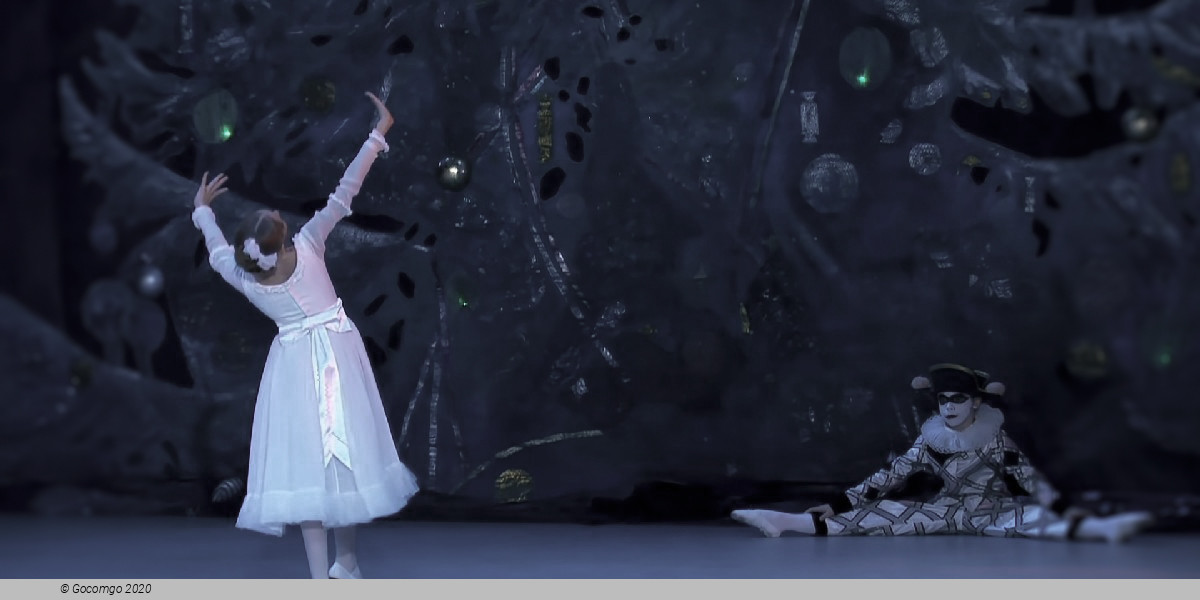
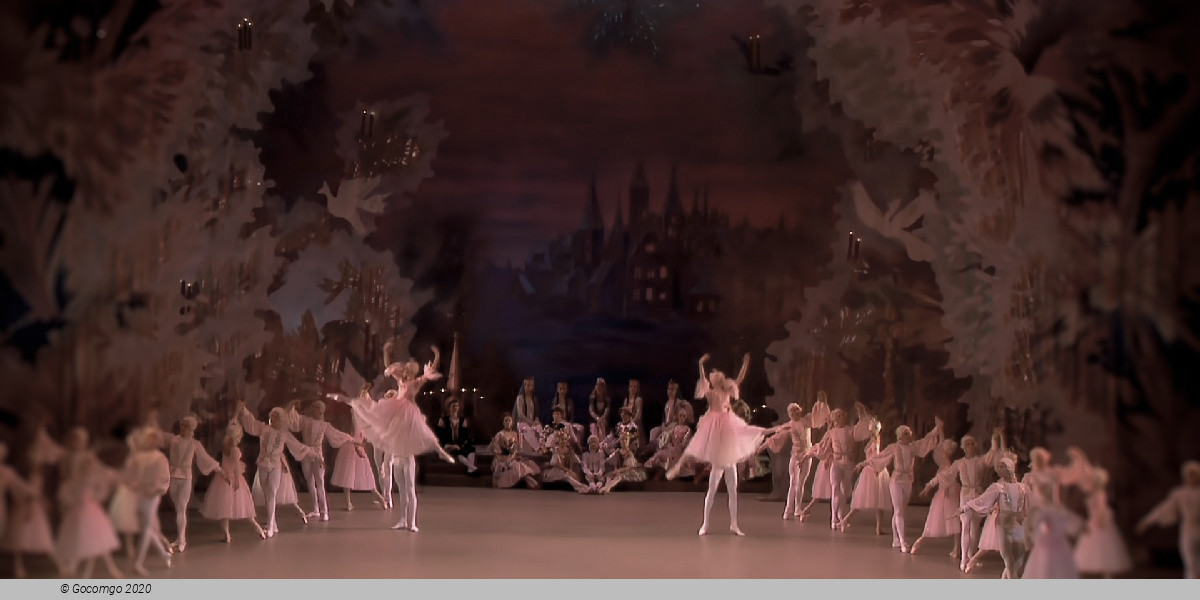
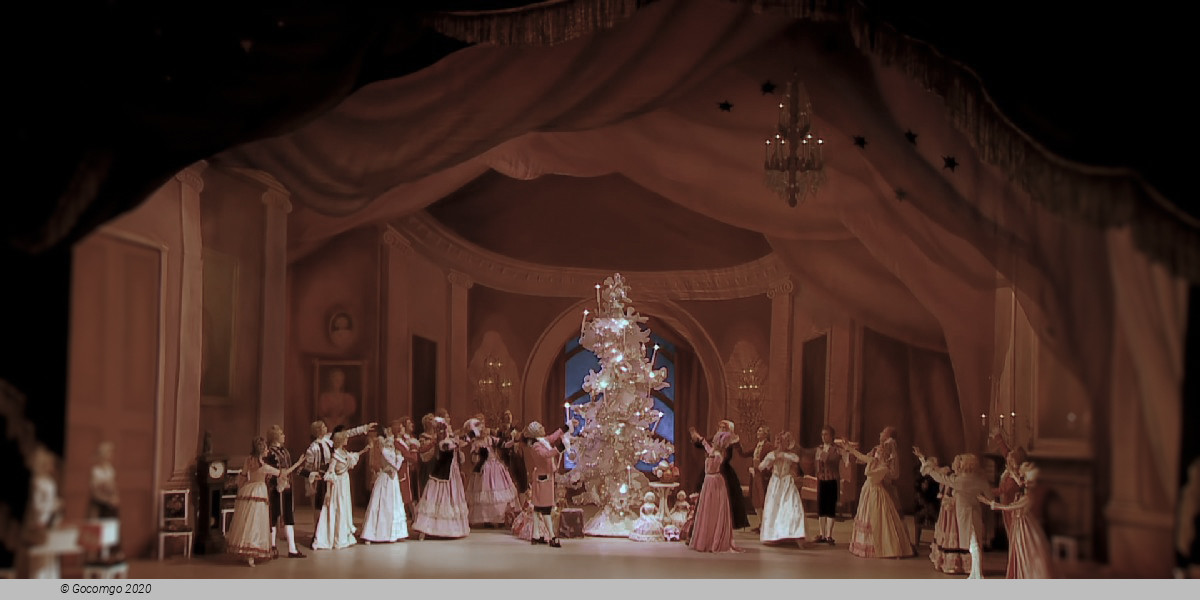

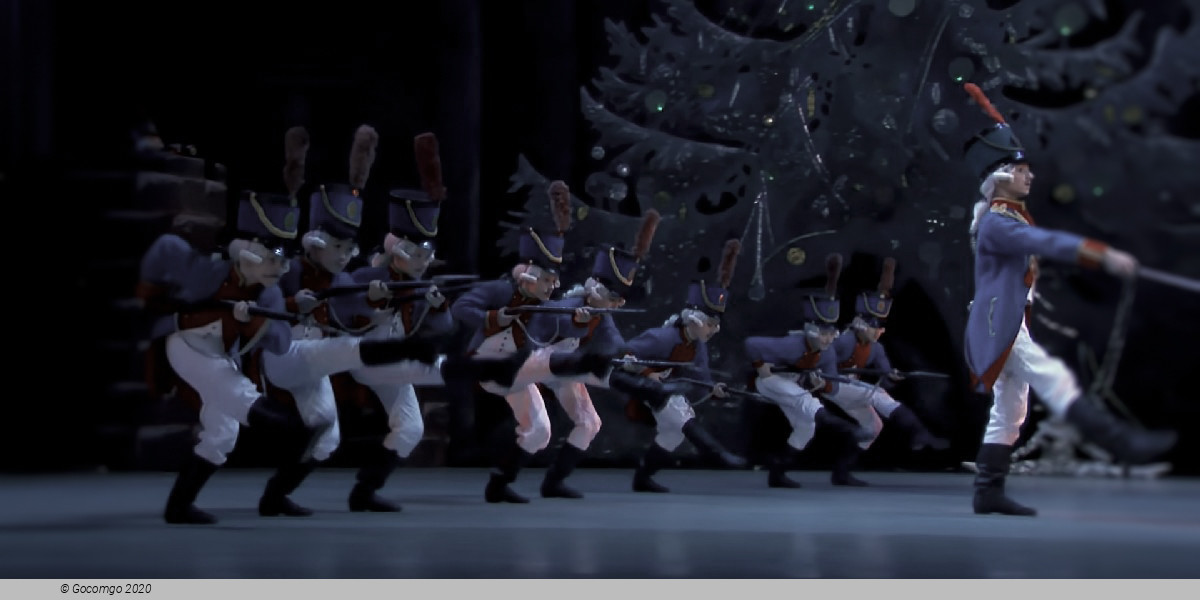
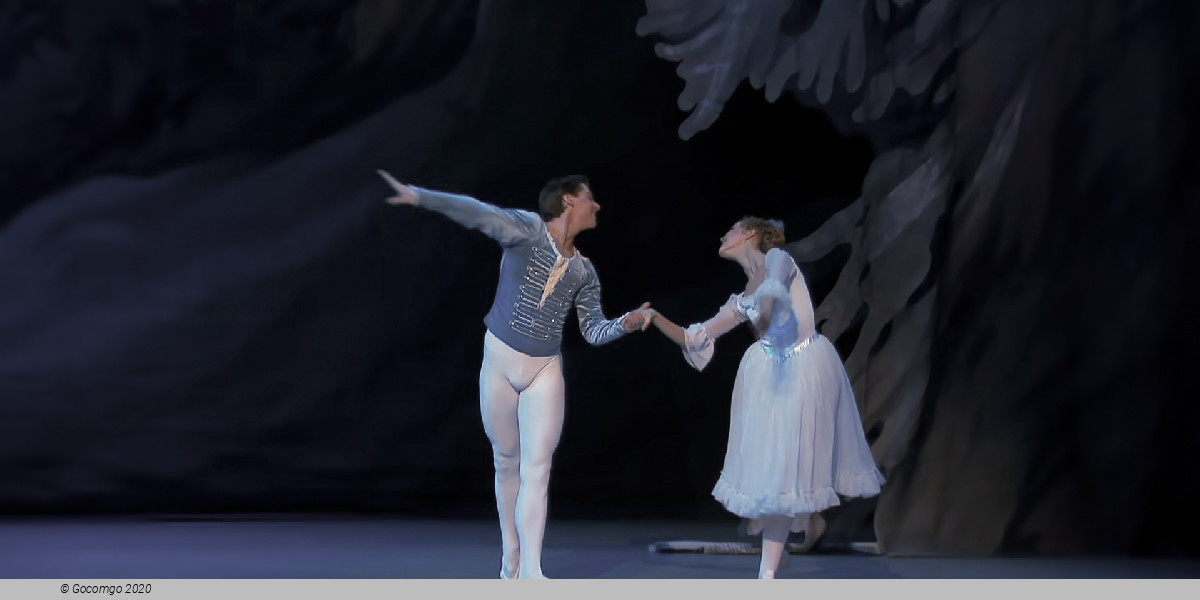
 Helsinginkatu 58 PL 176
Helsinginkatu 58 PL 176